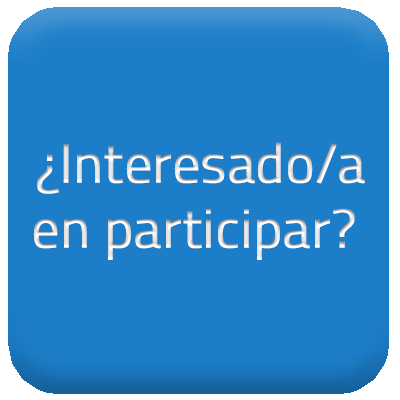If you want to build wealth without trading time for money, you must understand the path that money travels in your life. That will allow you to be realistic about the choices you are making, and to set up a self-perpetuating cycle that keeps you financially secure.
In the book The Millionaire Real Estate Investor, author Gary Keller lays out a chart that he calls “The Path Of Money”. We have found that this is one of the best ways to understand a cycle that builds legacy wealth.
To save you time, we’re going to summarize that concept from the book right now.
How Do You Generate Cash Flow?
The path of money begins with capital generation.
And really, there are only two different kinds of capital that generate cash flow:
- Human Capital — you work to earn money
- Capital Producing Assets — your money works for you
Most people are not born with a trust fund in their name. So the majority of us are going to start with #1. We will have to work (trade our time and energy) to earn money.
It’s what we DO with that money that will set up the foundation of the cycle.
But to understand this entry of the money path you just need to picture — whether it’s you or your assets — capital leading to cash flow.
The Two Choices For Cash Flow
Keller lays out FOUR cash flow choices.
Yet, as you will see in a moment, they can be grouped into two categories. And for the sake of building a wealth cycle, the distinction between those categories is going to make all the difference in the world.
So the four cash flow choices are to Spend, Donate, Hold, and Invest.
But let’s group them like so: {Spend | Donate | Hold} vs {Invest}
Why do we arrange them into two choices? Simple. The only choice that BUILDS your wealth is when you Invest your cash flow.
Of course you need to Spend some cash on living expenses. Perhaps you also Donate a portion. It’s easy to see that those choices lead to depleting cash flow.
What about Holding? Well, we think it’s a great idea to have some cash on hand — pure liquidity — for surprise buying opportunities or in case of an emergency. But let’s be honest: holding cash is not building, nor even preserving, wealth. With inflation that money is losing value.
So the only way to keep your money on its way in YOUR path is to Invest it.
And that cash flow choice is what we will focus on for the rest of this article.
Feeding Consistent Financial Returns Back Into Capital To Allow The Cycle To Run
We started with Capital >>> that led to Cash Flow >>> that gave you the option to Invest.
From there, you have two basic investment choices:
- Lend
- Own
As Keller says, “you can lend your money to others for a predetermined rate of return, or you can buy an asset that could go up in value, pay you cash flow, or both.”
Both lending and owning can be either Active or Passive.
We’re going to expand mainly on the Passive part of Investing (Lending or Owning to produce Capital).
But to cover the full path of money, we’ll also list the Active options here:
If you’re Lending Actively, that may mean owner financing or simply private lending. And if you Own Actively, that likely means a business or real estate that you directly control.
The “control” part is really what differentiates Passive and Active. With Passive Investing you are giving up some control (and a potentially higher upside) to save tons of time and energy.
Anyway, what we are most excited about (and you should be, too!) is on the Passive side.
Some examples of Passive Lending include money markets, bonds, and treasury bills. These investments are good for wealth protection and capital preservation. However, the rates of return typically available with Passive Lending are comparatively low. They do not lead to a significant increase in net worth.
Passive Ownership, on the other hand, can generate some serious financial returns.
Examples of Passive Ownership include stocks, mutual funds, and (our personal favorite) real estate syndications.
In a syndication you are the part owner but the investment is not really controlled by you. And so you save that time and energy that would have gone into an Active Investment. But you also get the benefit of relatively high ongoing returns and appreciation.
And this is where the Money Path turns into a Money CYCLE.
The financial returns generated from your Investments (whether Active or Passive) flow back to the start of the cycle. But this time they are Assets where your money is working for you, and you can then let them flow right back into Investing.




